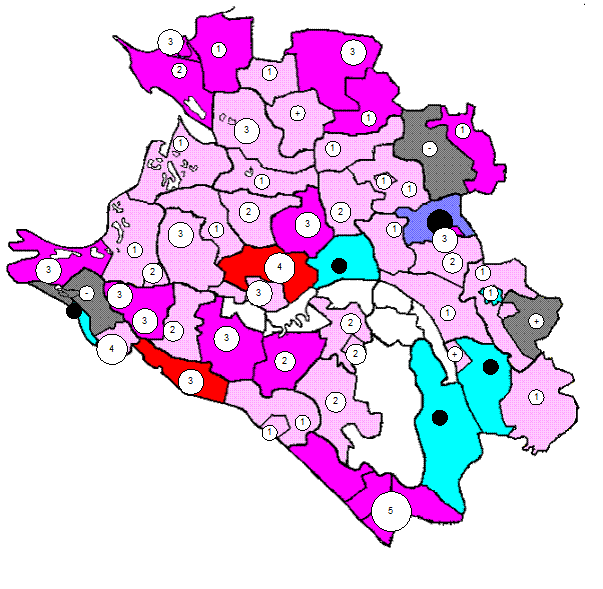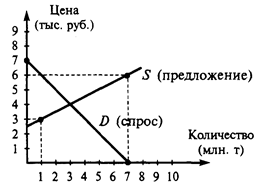Pre-School Education in the USA
Attendance at school for children under six isn’t compulsory, and the provision of schools for children under six varies according to the finances and circumstances of local communities. Most public elementary schools provide a pre-school kindergarten (K) year for five-year-olds, which is usually the first year of elementary school. There are various types of pre-schools, including non-profit co-operative schools, church-affiliated schools, private schools and Montessori schools. A co-operative school is usually the least expensive, as parents work voluntarily as teachers’ aides alongside professional teachers. Church-affiliated schools are usually attached to religious centers and may include religious education. Private nursery schools are the most expensive – fees range from $5,000 to $15,000 per year for full-time schooling, depending on the school and area. Private schools vary considerably from small home-run set-ups to large custom-built schools. A number of private nursery schools use the Montessori method of teaching, developed by Dr Maria Montessori in the early 1900s. This method is based on the belief that each child is an individual with unique needs, interests and patterns of growth. Many areas also have what are termed ‘toddler’ or ‘tot’ programs, which usually accept children from two to four years of age. Activities generally include arts and crafts, music, educational games, perceptual motor activities and listening skills. Most communities also have informal community schools or learning centers, playgroups, morning programs at local YWCAs, and other inexpensive alternatives to private schools. Community colleges also offer a variety of courses for small children, e.g. painting, dancing and cooking, once or twice a week, e.g. on Saturday mornings. (abridged from Living and Working in America, http://www.justlanded.com/english/USA/USA-Guide/Education/Pre-school-education).
Getting an Insight into American Culture Nursery Rhymes
1. Read the following famous nursery rhymes. Do you like them? Why do you think can be beneficial for children?
2. Read the translations of the rhymes into Russian. Did you know that these rhymes which are well-known in Russia were translated from English? What rhymes and stories did your parents read to you when you were a child?
3. Listen to one more nursery rhyme (a traditional lullaby). Then translate it into Russian. Mama’s Gonna Buy You a Mockingbird (http://www.mamalisa.com/?t=es&p=1443&c=23)
INTENSIVE READING: Reading an Article Read the article and list pros and cons of preschools.
|

 CULTURE CORNER
CULTURE CORNER One of the most enduring forms of oral literature in British and American culture is the nursery rhyme. Although people often take these funny little ditties for granted, some of them have been about for a very long time and generally date from the around 16th, 17th, and most frequently, the 18th centuries. Apparently most nursery rhymes were originally composed for adult entertainment. Many were popular ballads and songs. The most influential collection of nursery rhymes was “Mother Goose’s Melody: or Sonnets for the Cradle”, published in 1781. Among its 51 rhymes were “Jack and Jill” and “Ding Dong Bell”. An edition was reprinted in the USA in 1785 by I. Thomas. These verses are still commonly called “Mother Goose rhymes” in the USA (http://www.ipl.org/div/pf/entry/4851).
One of the most enduring forms of oral literature in British and American culture is the nursery rhyme. Although people often take these funny little ditties for granted, some of them have been about for a very long time and generally date from the around 16th, 17th, and most frequently, the 18th centuries. Apparently most nursery rhymes were originally composed for adult entertainment. Many were popular ballads and songs. The most influential collection of nursery rhymes was “Mother Goose’s Melody: or Sonnets for the Cradle”, published in 1781. Among its 51 rhymes were “Jack and Jill” and “Ding Dong Bell”. An edition was reprinted in the USA in 1785 by I. Thomas. These verses are still commonly called “Mother Goose rhymes” in the USA (http://www.ipl.org/div/pf/entry/4851).



